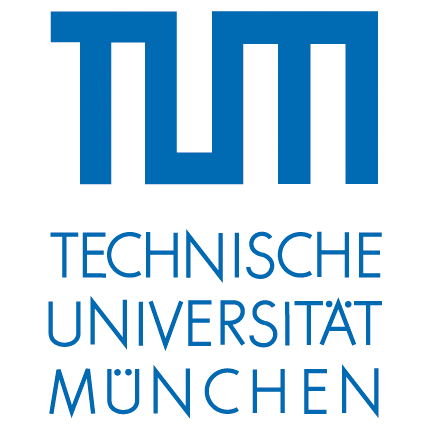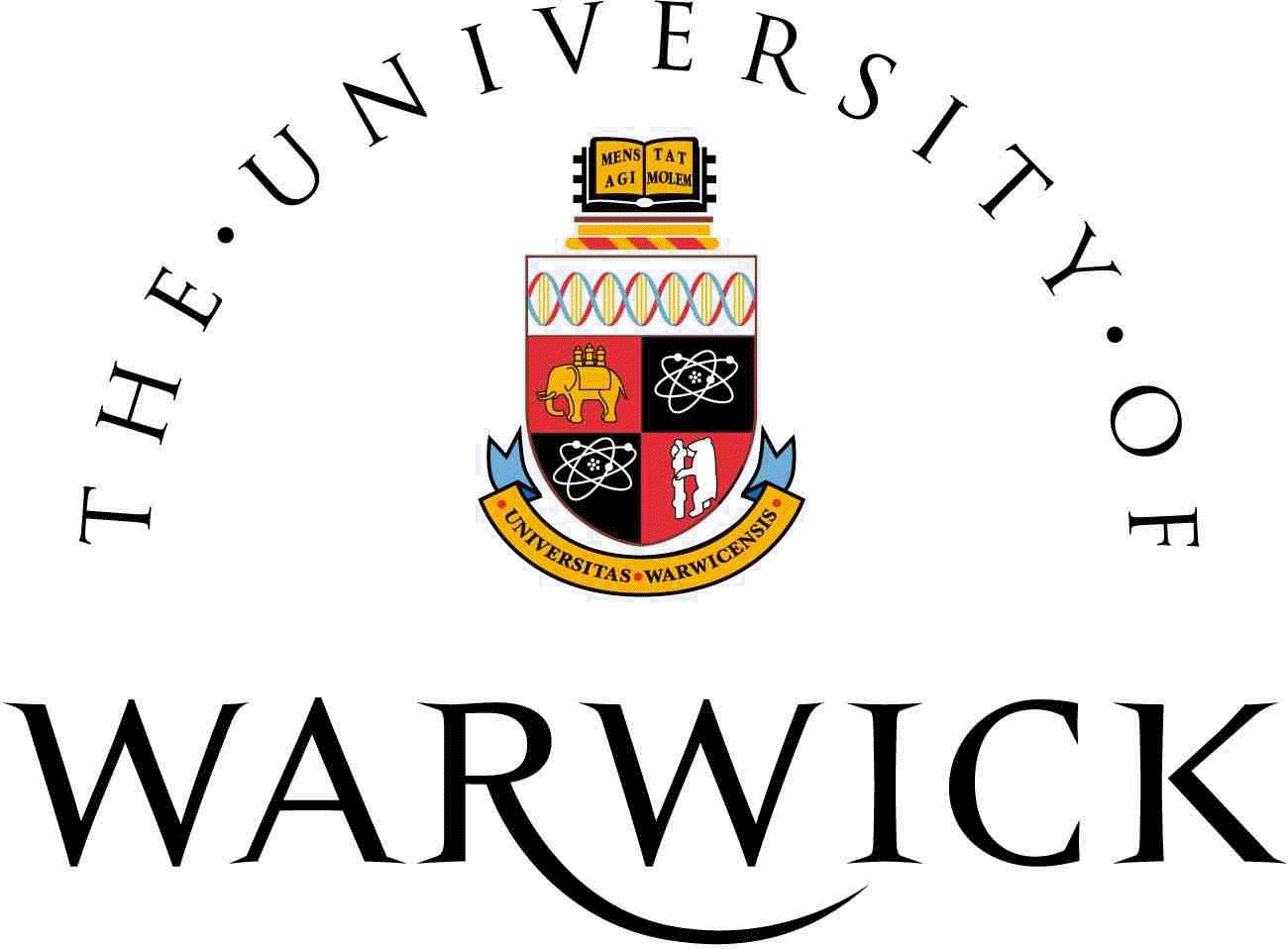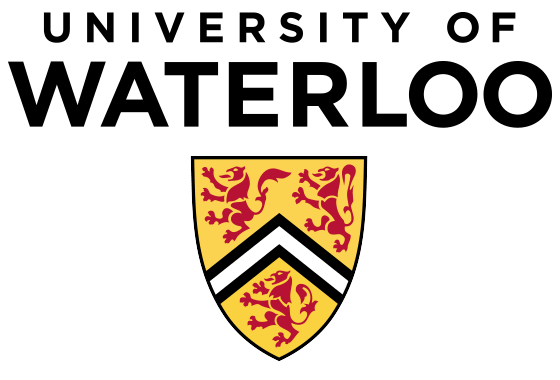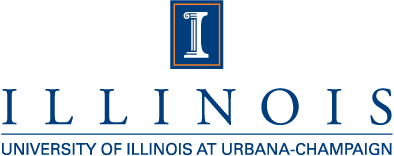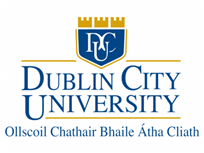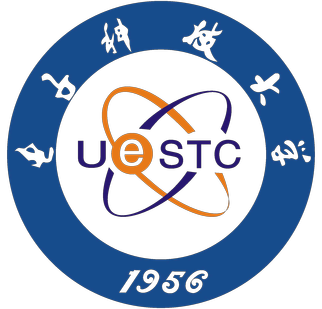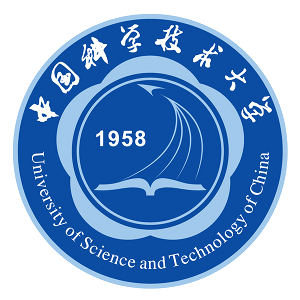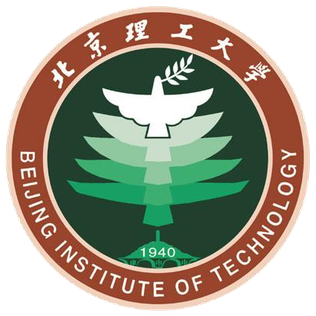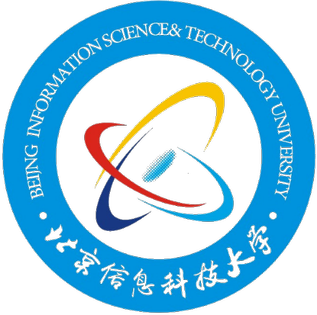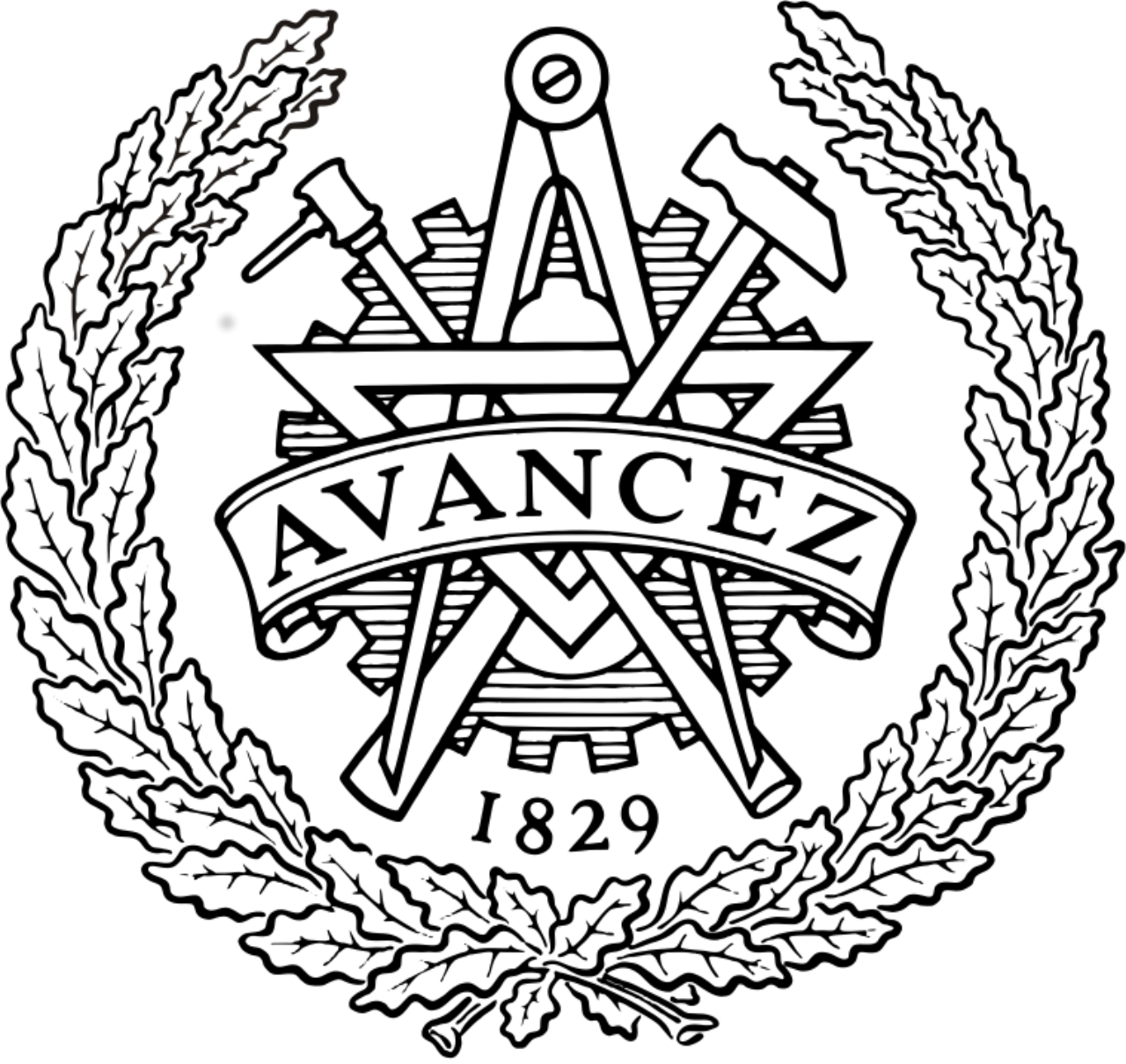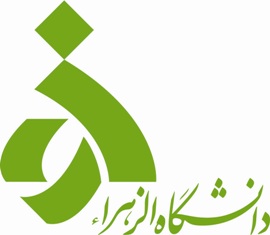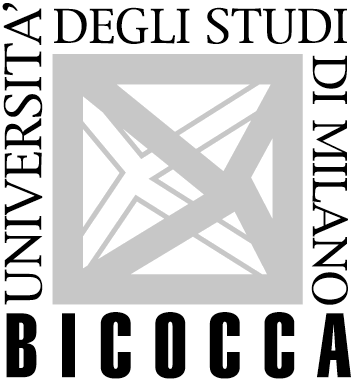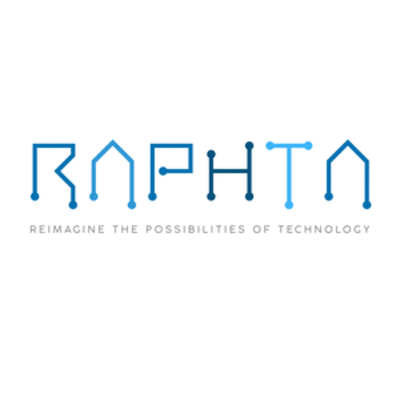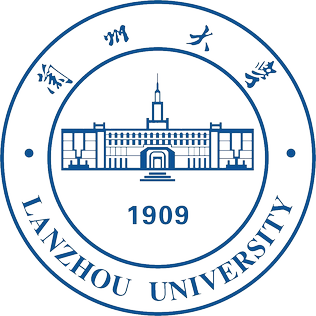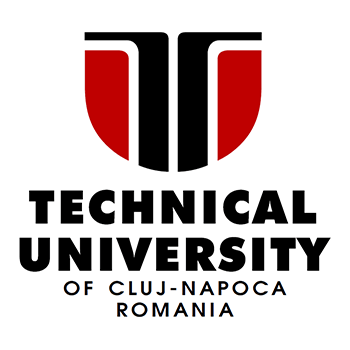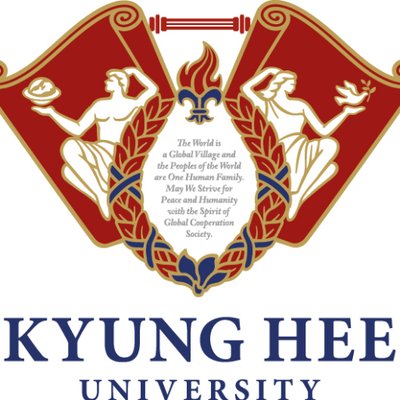Tomorrow, I'm honored to be the Chairperson of
the 2020 World ADAS & Autonomous Driving Conference and to moderate the very interesting panel discussion on the future of Connected, Autonomous, Shared, Electric vehicles in a post-COVID world with Shyam Sundar, Sanjay Puri, and Vienna Harvey. I'm also excited to be presenting about the recent advances in Deep Learning approaches to Autonomous Driving.
I'm sharing this to encourage delegates from Egyptian universities to register to join for free. The conference is scheduled to happen virtually this year, and universities and OEM's delegates can register for free: https://bit.ly/3gl5nVX (terms: https://events.marketsandmarkets.com/termsandconditions).
The World ADAS & AD Conference is a platform for experts from automotive industry, academia, and government institutions discussing the innovations, challenges, and future aspects of innovative technologies in automotive.
Agenda: https://events.marketsandmarkets.com/marketsandmarkets-world-adas-ad-conference/#agenda
Speakers: https://events.marketsandmarkets.com/marketsandmarkets-world-adas-ad-conference/speakers
the 2020 World ADAS & Autonomous Driving Conference and to moderate the very interesting panel discussion on the future of Connected, Autonomous, Shared, Electric vehicles in a post-COVID world with Shyam Sundar, Sanjay Puri, and Vienna Harvey. I'm also excited to be presenting about the recent advances in Deep Learning approaches to Autonomous Driving.
I'm sharing this to encourage delegates from Egyptian universities to register to join for free. The conference is scheduled to happen virtually this year, and universities and OEM's delegates can register for free: https://bit.ly/3gl5nVX (terms: https://events.marketsandmarkets.com/termsandconditions).
The World ADAS & AD Conference is a platform for experts from automotive industry, academia, and government institutions discussing the innovations, challenges, and future aspects of innovative technologies in automotive.
Agenda: https://events.marketsandmarkets.com/marketsandmarkets-world-adas-ad-conference/#agenda
Speakers: https://events.marketsandmarkets.com/marketsandmarkets-world-adas-ad-conference/speakers









